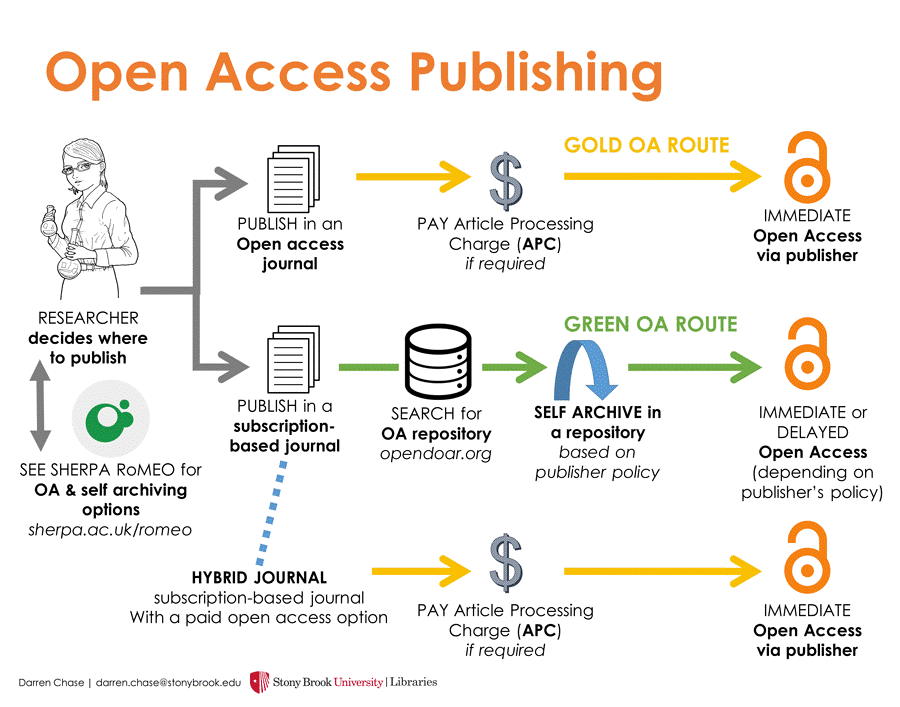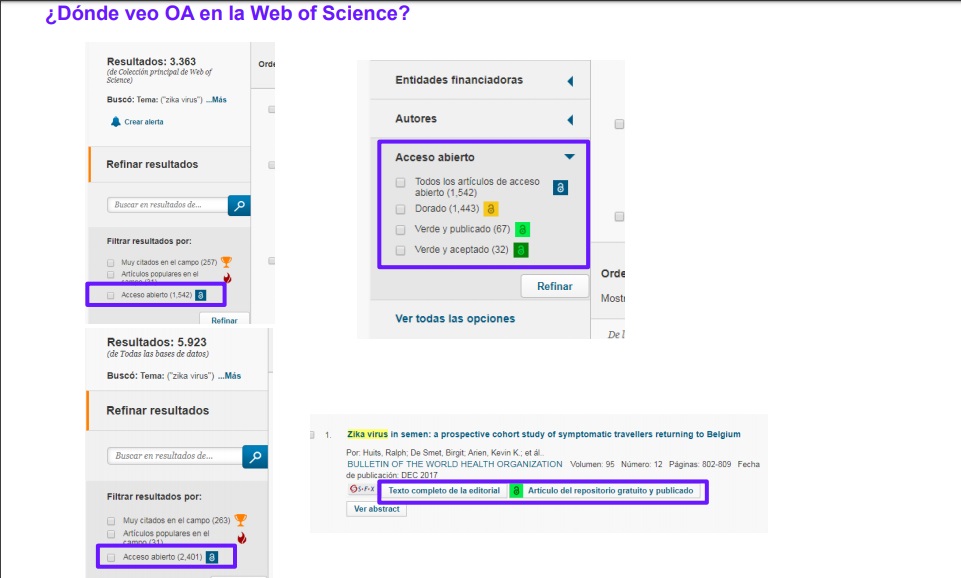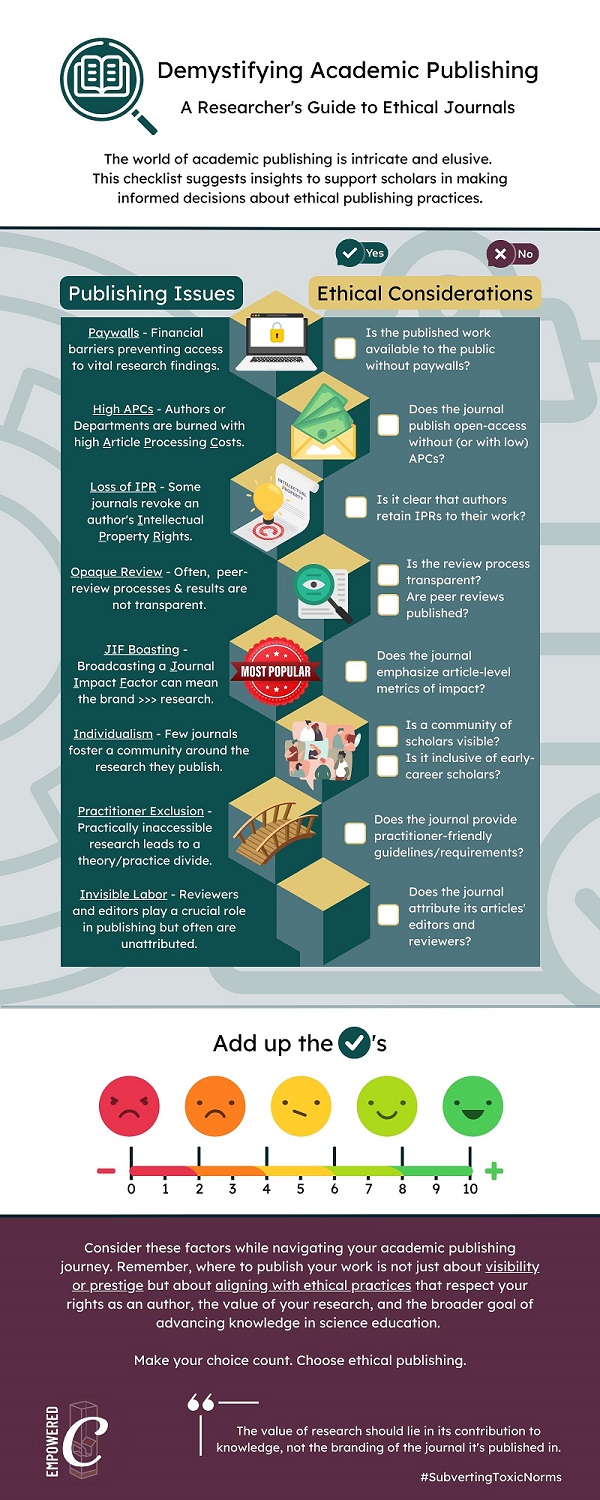Open Science Policy UV
The Open Science Policy approved by the Governing Council on 7 October 2025 is the framework for the development of Open Science at our institution. You can read the document at the following link:
https://hdl.handle.net/10550/116865
Accessing the content
The library offers access to different resources subscribed by the University. In order to access the resources you need to consult, please first search our catalogue. If you do not have a subscription to a particular resource, remember that you can try the following alternatives:
- Use of plugins:
- Unpaywall (https://unpaywall.org/ ). It is installed as an extension in browsers (Chrome, Firefox, etc.) and, when you visit the page of an article, it automatically consults its database to detect open access versions associated with the DOI.
- Open Access Button (https://openaccessbutton.org/ ). It works in a similar way to Unpaywall. By entering the DOI, the title or including the URL of the article, it brings up legal and freely accessible versions.
- OpenAlex (https://openalex.org/ ). Allows you to locate and retrieve open-access versions of articles.
- Lazy Scholar (http://www.lazyscholar.org/ ). This extension not only provides open-access versions, but also offers additional information such as citation metrics and links to alternative versions of the document.
- EndNote Click (formerly Kopernio) (https://kopernio.com/ ). Helps locate available PDF versions of articles, combining searches in repositories and other sources to provide immediate access when a free version is available.
- Google Academic button. Chrome extension that adds a button to the browser to access Google Scholar directly from any website.
- Search to repositories:
- BASE (https://www.base-search.net/ ) for international repositories
- RECOLECTA (https://www.recolecta.fecyt.es/ ) for national repositories
- Try access through the Scientific Production Portal
- Using our Interlibrary Loan service
Publishing in open access
The golden path to open access refers to publication in peer-reviewed open access journals:
- Pure open access journals are those in which the author retains the copyright on their work by ceding the non-exclusive rights to its publication. They are usually linked to academic institutions or professional societies (see DOAJ Directory of Open Access Journals ).
- There are OA cases in which the author or institution pays for its publication (examples such as the journal BioMed Central).
- A third intermediate or hybrid model in which the possibility of paying to publish is offered in exchange for the work remaining in open access, together with others that are not (tendency of large publishers such as Elsevier, Springer, etc.) . The amount that the author pays the journal to publish in open access is the APC fee.
- Another model is the one known as Diamond Magazines , in which you are not paid to read or to publish. Normally, they are magazines published by public institutions, scientific and academic associations. They follow the Open Science guidelines and make the contents of their publications available to the public. Diamant journals can be consulted in search engines such as:
- Digitalab-SSIE : diamond journal search engine developed by the Universidad Nacional Autónoma de México (UNAM). It has several search filters: knowledge areas (category and subcategory), country, region and language of publication of the journal. The results list includes information on the journal's impact indicators (Web of Science Impact Factor, Scopus CiteScore and Scimago Journal Rank). The lists can be downloaded in .CSV format.
- Redalyc Scientific Information System: diamond journal catalog produced by Redalyc, an academic project of the Universidad Autónoma del Estado de México that was born in 2003 with the aim of giving visibility, consolidating and improving the editorial quality of Social Sciences journals and Humanities of the Latin American region. Later, magazines from other disciplines were added in addition to magazines published in the Iberian Peninsula. The catalog allows you to search by country, language, institution or discipline. You can access the latest issue of the magazine or consult previous numbers.

If it is published in an open access journal, it is necessary to review the license contract signed with the publisher, which states which rights have been retained by the author of his work and/or which rights have been reserved by the publisher.
The author can choose the type of open access license he wants to grant to his article, such as Creative Commons (CC) licenses and depending on which one is chosen the price will vary, and other times it is the same publisher that imposes a certain license.













